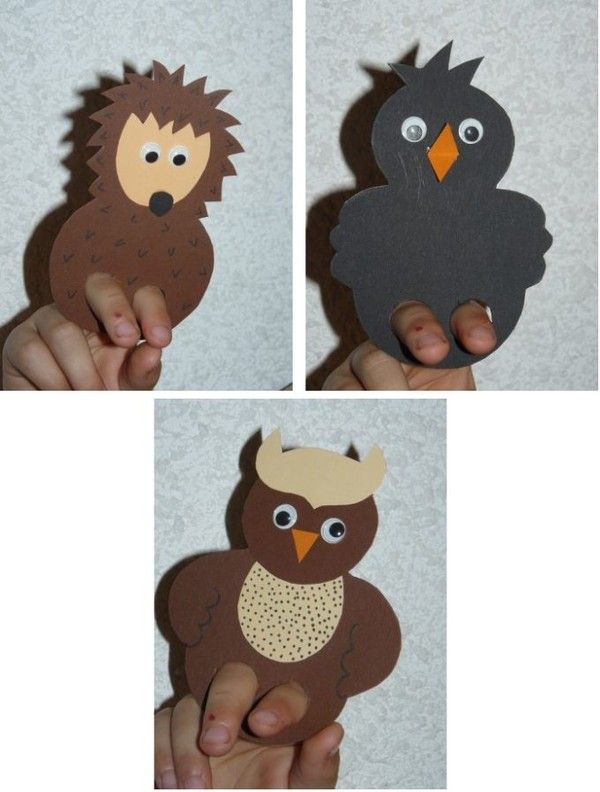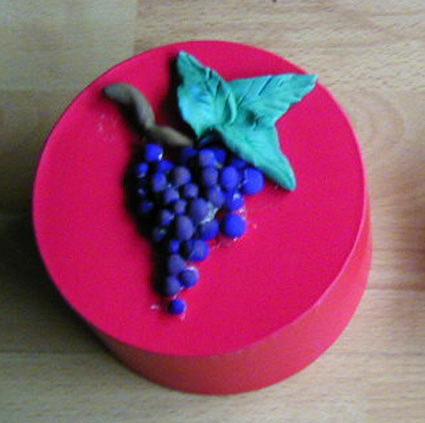All you need are sets of cards with picture items on them and you can set up simple guessing activities or asking and answering questions activities too.
The activities below are for our UKS2 learners,linked to eating out at a seaside fish restaurant in Spain but could easily be altered for other languages too!
With our UKS2 learners I want to look at how well they listen and respond and how quickly they can hear differences.It's a fun activity based on simple cafe culture conversations and add a listening and responding twist that they will enjoy!
Quiz Quiz Swap with a Listening and Responding Twist
- Practise the core language to create a simple cafe dialogue between a waiter and a customer.You may like to start by using my Happy Meal dialogues.
- Share the specific dishes with the children which you want to use in this activity.Below are my dishes for a Spanish meal.
- Play two games of Quiz Quiz Swap.First game a guessing game where each child has to guess what card the other player is concealing from them and then they swap cards and move to new partners.Second game build in questions and answers to create a cafe dialogue,with a freeze ,stop and listen built in, where you call "Freeze" the children stop talking etc and you select a pair for the class to listen in to and hear their conversation.
- Now you can add the listening and responding twist! It's simple really.You need a bag of the pictures that the children have as Quiz Quiz Swap cards.As the children are performing their Quiz quiz Swap dialogues,randomly select a picture and call out "I would like + the item you can see on your picture".The children need to be both focusing on their conversation and ready also to listen and respond if they have the picture on their cards you are looking for.Children with that picture must raise it in the air and shout out the name of the dish.The child you hear first,wins a point for their class group or table.
- Once the class are confident you can ask members of the class to be the "caller" and draw pictures from the bag and call out the request with the name of the dish.
Here are some of the Spanish dishes I am going to use .I took these photos during a meal at a seaside fish restaurant meal.I deliberately chose items that either could sound similar (e.g the children must decide what type of olives they hear called out or can they hear when it's bread and water or bread with tomatoes?) The items chosen,specifically address the fact that our Year 6 KS2 learners have already met foods ,drinks and simple meals in the JLN SOW .Now we are taking them on a "Cafe culture" trip -at the end of their KS2 language learning journey.
So for our Spanish cafe culture here are a few of the dishes I selected :






















